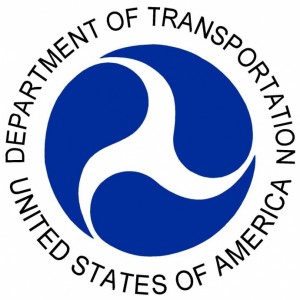DOT, NHTSA, and EPA Ponder Reasonable Price for Driver Safety
 Almost simultaneously, the Department of Transportation, the National Highway Traffic Safety Administration, and the Environmental Protection Agency are evaluating options to improve driver safety at a reasonable “cost.”
Almost simultaneously, the Department of Transportation, the National Highway Traffic Safety Administration, and the Environmental Protection Agency are evaluating options to improve driver safety at a reasonable “cost.”
For the DOT, concerns are arising that cell phone usage in the car, particularly the act of text messaging, is costing drivers’ lives in unnecessary accidents. The Department recently launched a campaign it dubbed the “Faces of Distracted Driving,” which seeks to alert drivers that just last year more than 5,500 people died and more than a half a million were injured in accidents related to “distracted driving.”
But the DOT isn’t stopping at its new campaign, instead choosing to evaluate the merits and marketability of a new software based solution that would make the use of cellphones behind the wheel impossible. Currently, a number of providers offer software that determines if a car is in motion by triangulating the cellphone signal. If the phone, and thus the traveler, are in motion, the phone is disabled.
Laws to stop “distracted driving” have proven to be ineffective. Software, too, has been only marginally effective in reducing cellphone use because, in its current form, it can be overridden by the driver.
Efficiency and Safety
Meanwhile, over at the NHTSA office, officials are looking at the value of fuel efficiency over safety. The Environmental Protection Agency recently pushed back a decision on fuel efficiency standards for 2017-2025, fearing that assumptions in the calculus could lead to dangerous vehicle designs.
It was reported that the agencies had previously determined that by the time the rules come into effect, modern vehicles should be some 15-30% lighter than in 2010. The EPA then suggested that it believed cars and light trucks as an industry should be able to meet a required range 42-67 miles per gallon in incremental steps of 6% per year.
The EPA projects that the new standards would save as much as $7,400 in fuel costs and 1.3 billion barrels of oil over the lifetime of the vehicles. Some worry that such cost cutting could create a situation in which safety is traded for vehicle weight and life of car savings are diluted by higher costs at the time of purchase.
A number of groups have aligned to confer their opinions on the new requirements. Nine governors offered up requests for a minimum fuel efficiency of 60 miles per gallon while automakers noted that additional efficiency and investment in technology doesn’t always come cheaply.
A final decision is expected by next year, and finally made law by summer 2012.










